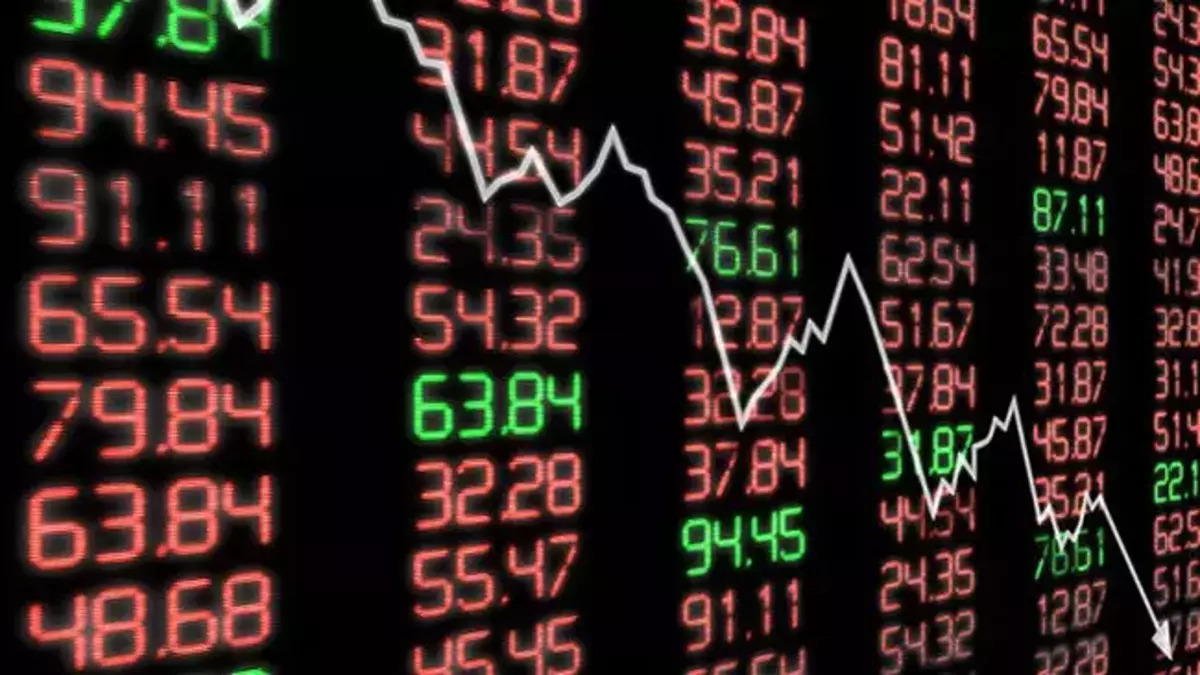The precious metal is leaving behind a very volatile year, rising above $2,000 in the spring and dropping to $1,630 in the fall. However, with just one week to 2023, gold has lost just over 1% year-on-year.
“Gold will hit over $2,000 in 2023 and will never look back”
Gold may have hit a permanent price bottom in 2022, according to Bloomberg Intelligence senior macro strategist Mike McGlone. McGlone, in his statement, makes the following assessment:
We predict gold to be one of the top performers in 2023. Especially if the weakening broad commodity market causes the Federal Reserve to start easing. Gold will hit over $2,000 in 2023 and will never look back. This is our base case for the precious metal, especially as the Fed slides from the fastest tightening in 40 years to easing… Gold has rebounded from the most recent reversal of the US 2-year and 10-year yield curve.

This week, the focus was on US GDP, PCE, consumer durables and home sales data. Now the market is busy digesting this data. McGlone comments on the data:
Data this week showed that the US economy closed the year on a mixed note. The housing market overall showed signs of further deterioration in November. Also, data on durable goods orders were generally weaker than expected given the retrospective revisions to previously released data. However, data on consumer confidence shows that consumers are less pessimistic now than they were a few months ago.
The riddle that gold is trying to avoid as we enter the new year
cryptocoin.com As you watch, markets are trying to create a outlook for the start of next year, with data showing mixed signs of a slowing economy, cooling inflation and a still hawkish Federal Reserve. Andrew Grantham, senior economist at CIBC Capital Markets, comments on the developments as follows:
Fed Chairman Jerome Powell is trying to sell investors the idea that interest rates need to be higher for longer than previously assumed to keep inflation in check. But financial markets aren’t buying it, as the rate cuts are priced for late 2023 and bond yields are well behind their earlier highs.

Powell said in December that after raising rates by 425 basis points in 2022, the Fed was still not restrictive enough and rates should remain high for longer. But analysts interpret this in different ways. In a statement on Friday, Grantham underlines:
Higher for longer means that central banks will react later and less aggressively than in the past to downside growth surprises and recession risks due to persistent inflation concerns. This new reaction function is the fact that markets will have to start buying at some point during 2023.

Technical view of gold price: Bullish
According to Jim Wyckoff, senior analyst at Kitco, the technical structure of gold shows a six-week uptrend. In his statement, Wyckoff draws attention to the following technical levels:
The bulls’ next upside target is to close February futures above the solid resistance at $1,900.00. The bears’ next short-term target is to push futures prices below the solid technical support at $1,775.00. Initial resistance stands at $1,823.00 followed by this week’s high at $1,833.80. Initial support holds this week’s low at $1,792.70 followed by $1,782.00.
Data for markets to watch next week
The trend followed by market participants is how quickly inflation cools and growth slows. Andrew Hunter, senior US economist at Capital Economics, said:
Data on Friday confirmed that PCE inflation fell further in November. Also, a new series of rent inflation released this week by researchers at the Cleveland Fed adds further weight to our view that inflation will continue to fall sharply into 2023.

This week’s macro surprise was the final reading of Q3 GDP, which grew 3.2% versus the previous 2.9% forecast. The stronger-than-expected result put pressure on gold, bringing prices closer to the $1,800 mark. Meanwhile, the annual core PCE, the Fed’s choice, fell to 4.7% in November from 5% in October.
The week ahead is a holiday week between Christmas and New Year and promises to be quiet. But the first week of the new year begins with a few key announcements, including nonfarm payrolls, which the Fed is currently watching very closely. Market consensus estimates are for the US economy to add 200,000 positions in December. In addition, the market expects the unemployment rate to remain at 3.7%. Other data to consider are the ISM manufacturing and services PMI, also scheduled for the first week of January. Andrew Hunter made the following statement regarding the data on Friday:
We expect both ISM activity surveys to drop in December. This points to a continuing slowdown in GDP growth. We are also targeting a temporary 200,000 softer earnings on nonfarm payrolls.
weekly data calendar
- December 28: Home sales pending in the US
- December 30: US jobless claims
- January 4: US ISM Manufacturing PMI
- Jan 5: ADP nonfarm payrolls change, US jobless claims
- Jan 6: US non-farm payrolls, US factory orders, US ISM non-manufacturing PMI







